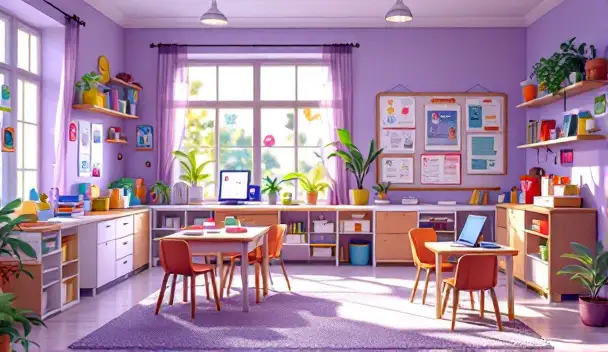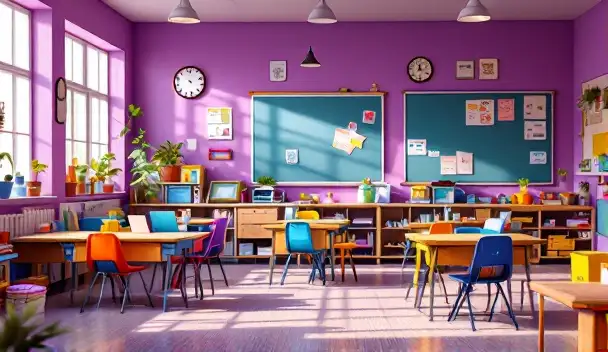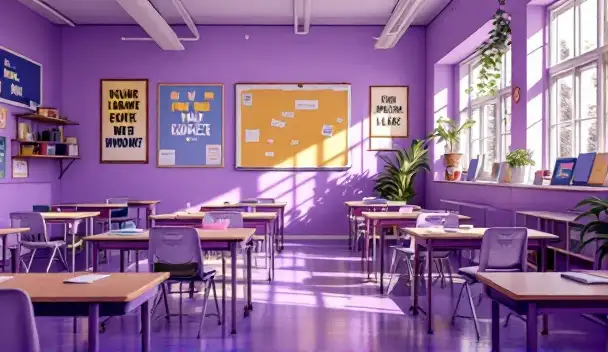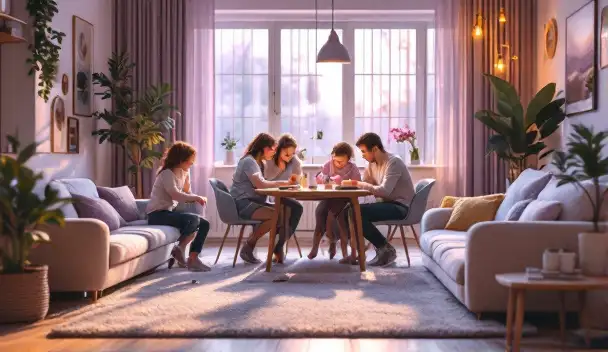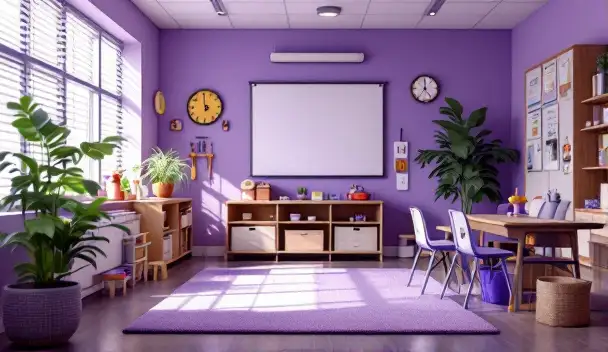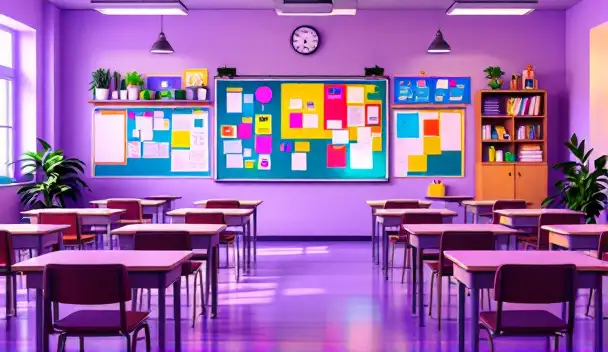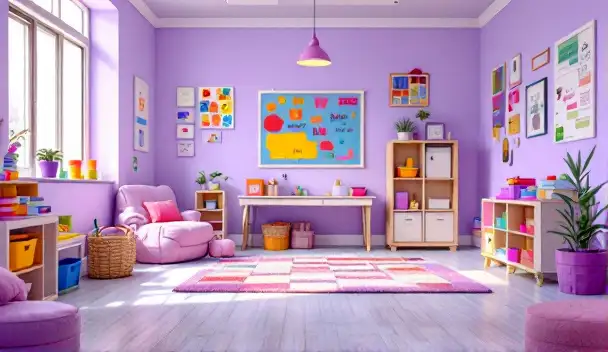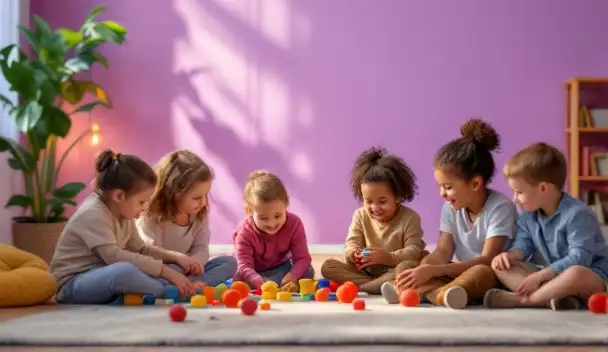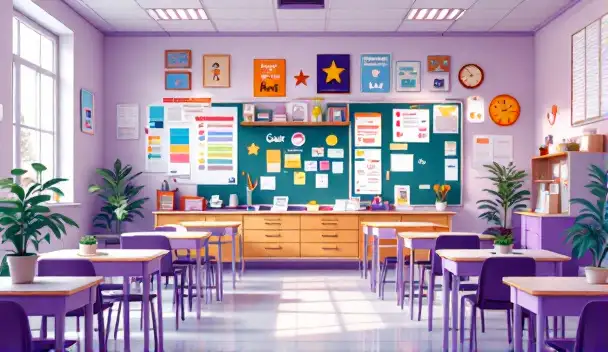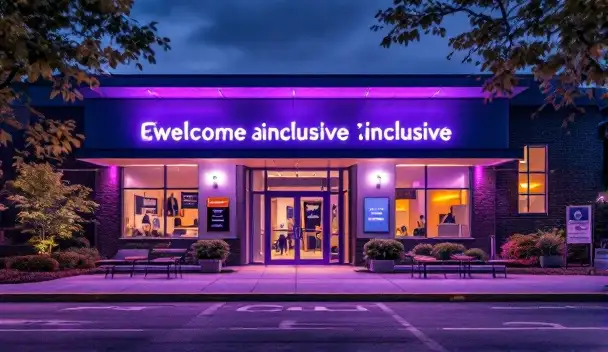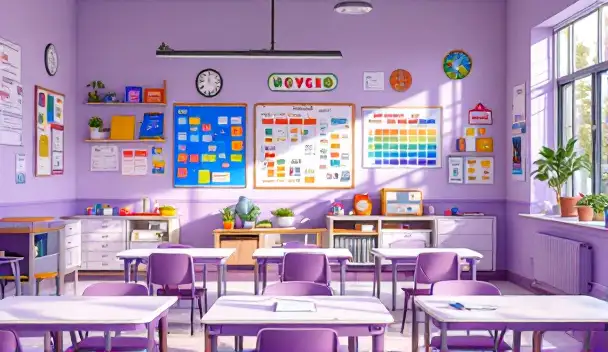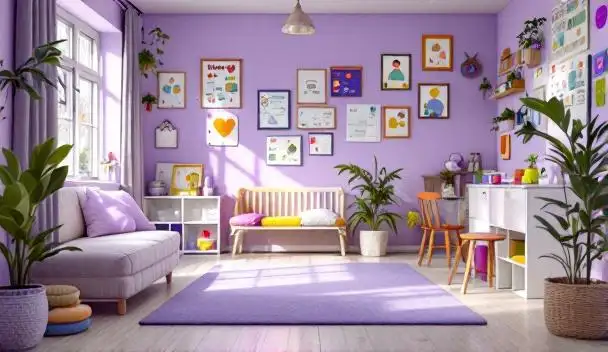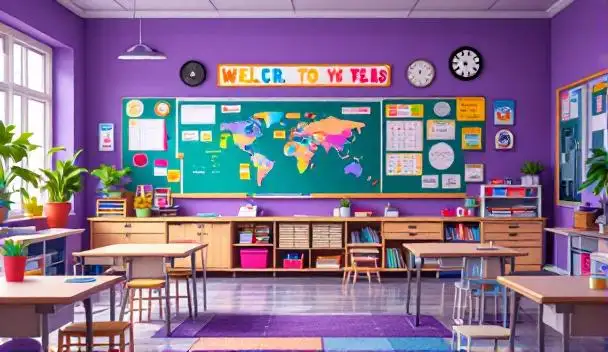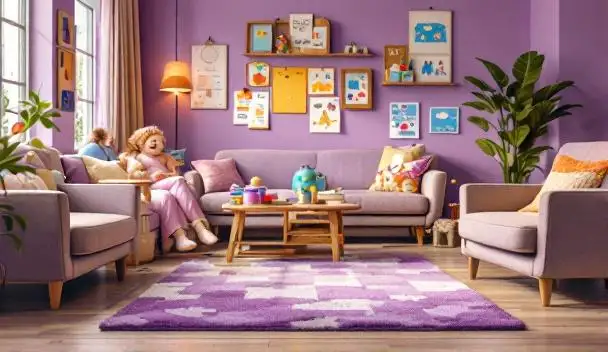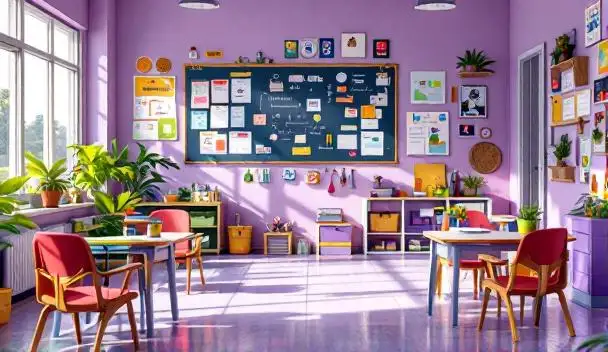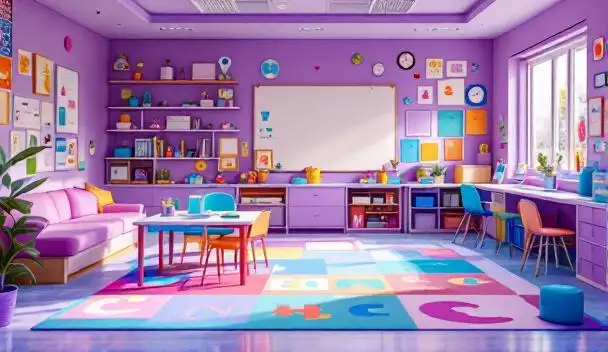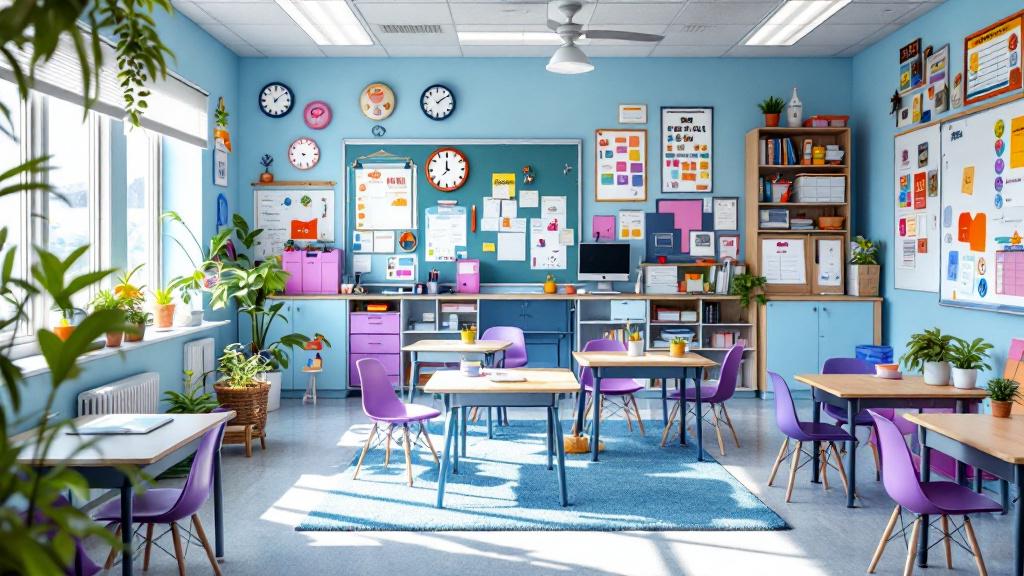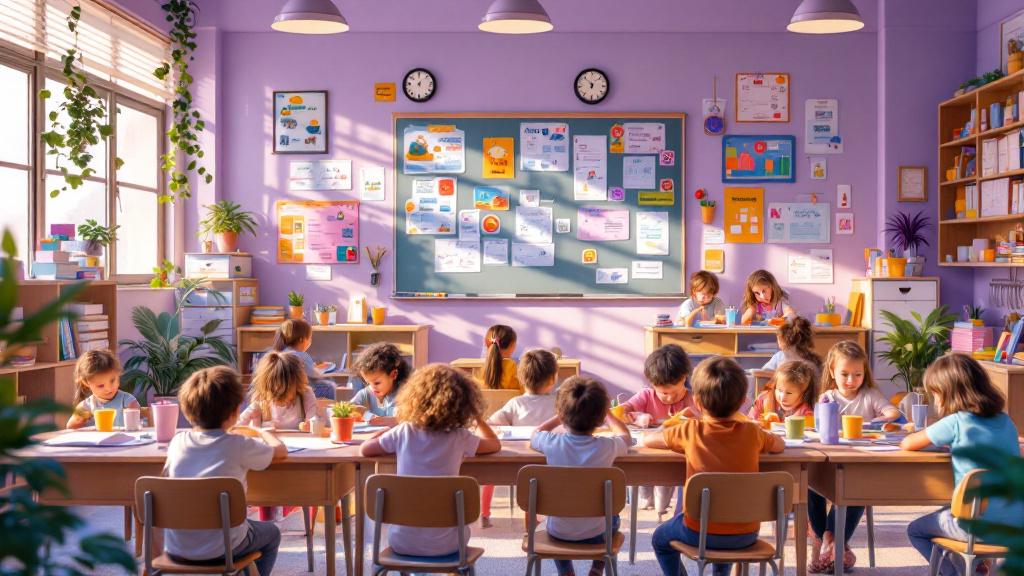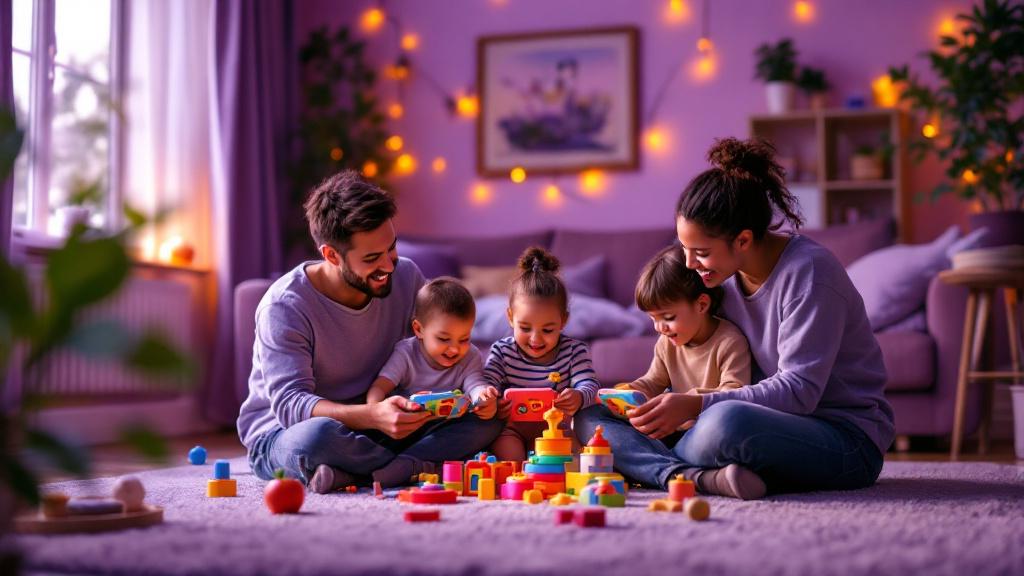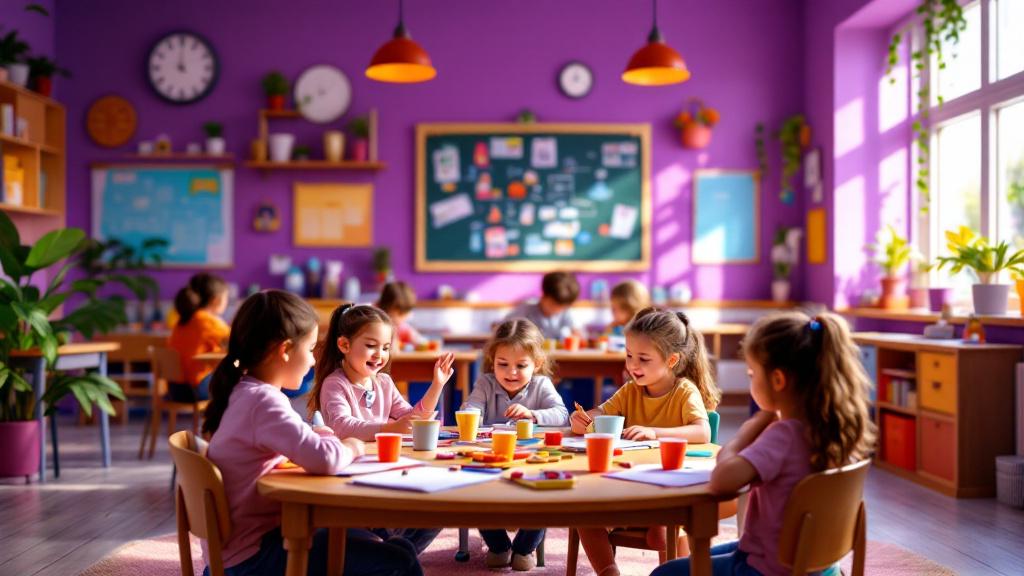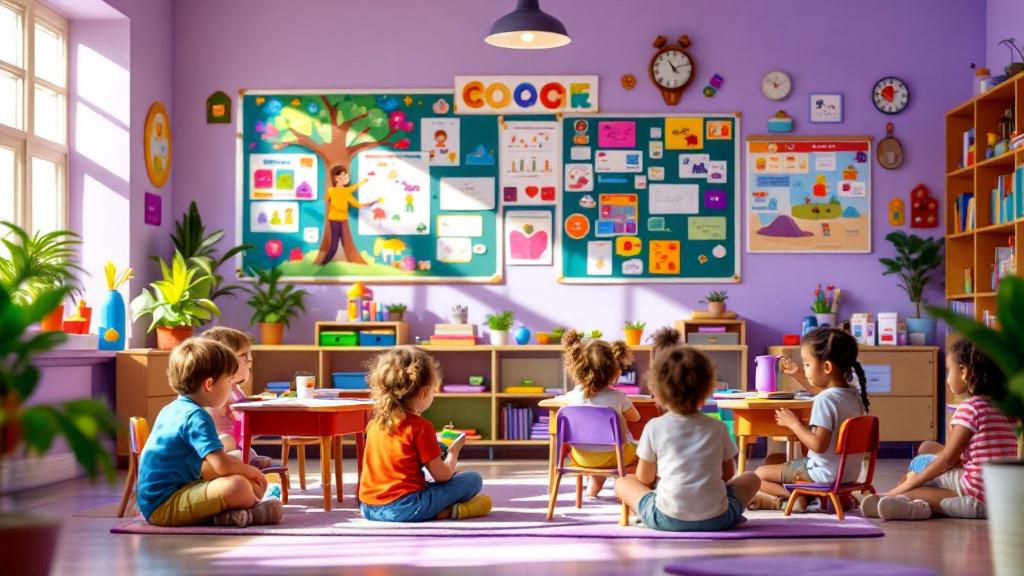Understanding the Significance of Peer Interactions in ABA
Peer interaction is increasingly recognized as a pivotal factor in the generalization of skills acquired through Applied Behavior Analysis (ABA) therapy for children with autism. This article explores how peer relationships contribute to the transfer of learned behaviors across different settings, promotes social skill development, and informs effective intervention strategies supported by scientific research.
The Impact of Peer Interaction on Social Skill Development

What role does peer interaction play in promoting social skill development in children with autism?
Peer interaction is a crucial element in helping children with autism develop essential social skills. Structured engagement opportunities, such as social skills groups and peer modeling, create an environment where children can practice and learn social behaviors in a supportive setting.
Activities like starting conversations, sharing, taking turns, and reading social cues are reinforced through real-time interaction with peers. These experiences enable children to transfer skills learned during therapy to everyday situations, both at school and in the community.
Effective strategies include using positive reinforcement to encourage desired behaviors and visual aids to clarify social cues. Breaking complex social skills into smaller, manageable steps helps children grasp and implement new behaviors more successfully.
How do structured engagement opportunities contribute to social learning?
Engagement activities purposely designed to involve peers promote consistent practice of targeted skills. When children with autism participate in activities like joint play or cooperative tasks, they gain exposure to typical social interactions.
Such settings provide an ideal platform for children to initiate conversations, listen actively, and respond appropriately. Over time, these interactions improve their confidence, emotional regulation, and ability to form friendships.
What are the benefits of positive reinforcement and other social learning strategies?
Using rewards and praise, children are motivated to replicate social behaviors. Visual supports and breaking skills into small steps further facilitate learning.
These methods encourage children to participate actively, making social learning more engaging and effective. The gradual and reinforced learning process leads to better generalization of skills across different environments.
How does peer interaction influence long-term behavioral outcomes?
Consistent exposure to peer interactions during early development contributes to more enduring social competence. Children with autism who regularly engage with peers tend to show improvements in social understanding and empathy.
Research indicates that these social skills, once acquired, are more likely to be retained and applied in real-life situations, such as school and community activities.
This ongoing practice helps children build meaningful relationships, leading to reduced social anxiety and enhanced emotional well-being. Overall, peer interactions provide a naturalistic context where social skills can flourish, supporting long-term success.
| Aspect | Description | Benefits |
|---|---|---|
| Foster social engagement | Structured activities involving peers | Improved initiating and responding skills |
| Reinforce learning | Use of positive reinforcement | Increased motivation and skill retention |
| Promote generalization | Practice across settings | Transfer of skills to home, school, and social environments |
| Build friendships | Repeated social practice | Enhanced emotional health and social confidence |
Peer Interaction and Skill Generalization: A Scientific Perspective

How does peer interaction influence the generalization of ABA skills in children with autism?
Peer interaction significantly enhances the ability of children with autism to transfer social communication skills learned through Applied Behavior Analysis (ABA) to real-world settings. When children engage with trained peers, they gain access to naturalistic and meaningful social opportunities that extend beyond clinical environments.
Research findings consistently show that peer-mediated interventions are effective in promoting social participation and reciprocal interactions. Peer models serve as live exemplars, demonstrating appropriate behaviors and facilitating spontaneous, on-topic exchanges. These interactions help children with autism practice and reinforce skills such as initiating conversations, responding to social cues, and engaging in cooperative play.
Integrating social skills instruction within inclusive peer groups and collaborative learning contexts creates an environment conducive to skill transfer. These settings mimic everyday social environments, making it easier for behaviors to generalize across different people, places, and activities.
In summary, involving peers in ABA programs fosters authentic social interactions, which are crucial for ensuring that skills are not confined to therapy sessions but are applicable and sustainable in everyday life.
| Strategy | Effect | Example |
|---|---|---|
| Peer Mediation | Enhances social participation | Peers model friendly greetings and joint activities |
| Cooperative Learning | Promotes naturalistic interactions | Group projects encouraging turn-taking and sharing |
| Embedding in Inclusive Settings | Fosters real-world application | Classroom peer groups practicing social stories and role-playing |
| Promotion of Reciprocal Engagement | Encourages back-and-forth exchanges | Children practice asking and responding during peer interactions |
Overall, integrating peer interaction into ABA enhances the generalization process, helping children with autism develop more flexible, socially adept behaviors across diverse environments.
Strategies Leveraged to Enhance ABA Skill Generalization through Peer Involvement

What strategies can be used to leverage peer interaction to improve the generalization of ABA skills?
Enhancing the transfer of social communication skills from therapy to everyday life is a central goal of ABA interventions for children with autism. One effective approach involves actively involving peers in the learning process. Peer-mediated interventions are particularly beneficial, where typically developing peers are trained to serve as social partners and role models.
Naturalistic teaching methods also play a significant role. These methods, which include activities like play-based learning, take place in real-world settings such as playgrounds, classrooms, or homes. During these activities, children can practice skills like initiating conversations or sharing, which are naturally reinforced in typical social interactions.
Structured group activities, such as group games or collaborative projects, provide additional opportunities for children to apply skills in varied contexts. These activities encourage spontaneous social exchanges, helping children generalize skills across settings.
Training peers and caregivers is vital for consistency. Educating peers about how to interact and model appropriate behaviors helps foster meaningful social exchanges. Caregivers can reinforce learned skills by creating opportunities for practice outside structured sessions.
Visual supports and social stories are useful tools. Visual aids, like picture schedules or social stories, clarify expected behaviors and social cues, making it easier for children to understand and imitate appropriate responses across different environments.
Overall, combining these strategies fosters a supportive environment where children practice skills in diverse, naturalistic ways. This diverse exposure, along with ongoing assessment, ensures that social communication skills learned during therapy are effectively transferred to real-life situations, promoting lasting social success.
The Role of Structured Peer-Directed Programs in Skill Transfer

What scientific research indicates about the effects of peer interaction on skill transfer in ABA therapy?
Research in ABA therapy underscores the importance of peer interactions in helping children with autism generalize social and communication skills across various settings. Structured programs such as PEERS® (Program for the Education and Enrichment of Relational Skills) and JASPER (Joint Attention, Symbolic Play, Engagement and Regulation) are designed to include peers as active mediators.
Studies show that involving peers in therapy creates naturalistic, supportive environments where children are more likely to practice and transfer skills. These programs promote cooperative learning environments, where peers not only serve as models but also engage in reciprocal interactions that reinforce social behaviors.
Peer training mechanisms are central to these interventions. For example, peers learn specific ways to facilitate social engagement, such as prompting children with autism to initiate conversations or respond appropriately. This structured training equips peers with the skills to support ongoing, natural skill transfer outside the therapy setting.
Real-life social contexts benefit from these programs by simulating typical interactions, helping children with autism practice new skills in meaningful situations like playgrounds, classrooms, and community activities. As a result, children develop more independent social functioning.
Research findings indicate that peer-mediated approaches are especially effective in establishing and maintaining social skills because they leverage the social motivation and innate desire for peer interaction among children. Furthermore, when interventions incorporate consistent environments, such as school settings, skill generalization improves significantly.
Overall, integrating peer interaction into ABA therapy not only enhances social communication but also increases the likelihood that children will carry skills into everyday life, achieving greater social participation and independence.
| Program Type | Focus Area | Evidence of Effectiveness | Additional Notes |
|---|---|---|---|
| PEERS® | Social skills in adolescents | Significant improvements in social initiations and relationships | Involves training parents and peers in skills facilitation |
| JASPER | Joint attention and play skills | Enhanced spontaneous social behaviors and communication | Emphasizes naturalistic and peer-mediated learning |
| PACT, PLAY | Peer engagement and social reciprocity | Improved social engagement and generalization across environments | Focuses on natural environments and peer interactions |
| Generalized Outcomes | Skill transfer in natural settings | Better maintenance and transfer of skills to home and school | Supports long-term social integration |
Research supports that incorporating structured peer interaction and training mechanisms in therapy enhances skill transfer, making children with autism more socially adept and independent in everyday situations.
Measuring and Enhancing Skill Generalization: Current Practices and Future Directions
What does scientific research indicate about the effects of peer interaction on the transfer of skills in ABA therapy?
Research consistently highlights the important role that peer interaction plays in helping children with autism transfer skills across different environments. When peers are involved in structured learning activities, children tend to generalize social and communication skills more effectively.
Several studies demonstrate that peer-mediated interventions, such as those used in programs like JASPER, PACT, and PLAY, foster natural social interactions. These approaches encourage children to practice skills in real-life social contexts, leading to better transfer and retention.
Involving peers as active participants in therapy benefits children by creating authentic learning situations. Peers serve as models, cooperative partners, and social facilitators, making skill transfer more seamless. Structured peer training helps children develop communication skills, social understanding, and independence.
Furthermore, researchers suggest that training peers and embedding interventions within everyday settings, like classrooms and community areas, support naturalistic and ongoing skill use. These environments reinforce learned behaviors, ensuring they are not confined solely to therapy sessions.
The evidence points to the significance of peer interaction as a mediator that enhances the likelihood of skills being used independently across multiple settings, ultimately supporting long-term social participation and adaptive functioning.
How is assessment incorporated within interventions to measure generalization?
Monitoring progress during and after interventions is essential to determine if learned skills are truly generalizing to new situations. Effective assessments evaluate both initial target skills within the therapy environment and the broader transfer to different contexts.
Therapists often use direct observation, caregiver reports, and structured testing to measure these outcomes. These tools help identify whether behaviors are maintained over time and across settings like home, school, and community.
Assessments focus on different types of generalization:
- Stimulus generalization: Responding similarly to varied stimuli.
- Response generalization: Using different behaviors to achieve the same goal.
- Maintenance: Retaining skills over time.
By measuring these aspects, clinicians can refine interventions to better support skill transfer and identify areas needing additional focus.
What measurement frameworks exist for evaluating generalization?
Researchers advocate for developing comprehensive frameworks that combine multiple assessment methods. These frameworks often include:
- Baseline measures before intervention.
- Context-specific assessments during therapy.
- Follow-up evaluations in natural settings.
- Data collection tools that capture both skill acquisition and transfer.
The goal is to create standardized protocols that enable consistent, reliable measurement of generalization outcomes.
Additionally, integrating qualitative data, like caregiver and teacher feedback, provides a fuller picture of how skills are used in daily life. This holistic approach helps pinpoint mechanisms that support or hinder generalization.
What research is being done on mechanisms supporting generalization?
Future research emphasizes understanding what helps children generalize skills naturally. This involves exploring the roles of various mediators, such as peer interaction, environmental consistency, and reinforcement strategies.
Researchers are calling for more rigorous studies that include mediation analyses—statistical methods that examine how specific variables influence outcomes. Such analyses can clarify whether peers, parent involvement, or specific teaching strategies act as active mediators.
By understanding these mechanisms, clinicians can tailor their interventions more effectively. For example, promoting peer interactions and designing learning environments with common features can facilitate skill transfer.
Furthermore, developing better measurement tools and frameworks will support future research, providing clearer insights into how skills are maintained and generalized long-term.
| Aspect | Description | Supporting Evidence |
|---|---|---|
| Peer Interaction | Active engagement of peers in intervention | Enhances social skills transfer, fosters naturalistic learning |
| Assessment Methods | Tools for measuring generalization | Direct observation, caregiver reports, standardized tests |
| Frameworks for Evaluation | Integrated measurement systems | Baseline, during, and post-intervention assessments |
| Supporting Mechanisms | Factors promoting generalization | Peer mediation, environmental consistency, reinforcement |
By advancing these areas, the field aims to improve long-term outcomes for children with autism, ensuring that social and communication skills transfer reliably across all facets of daily life.
Future Research and Practice: Strengthening the Role of Peer Interactions
 Future research in autism intervention emphasizes the importance of understanding how peer interactions influence the transfer of social skills gained through ABA therapy. One crucial area is the development of robust measurement frameworks that can accurately assess both initial learning and the process of generalization across diverse settings. Accurate measurement allows practitioners to determine whether skills are truly applied in real-world situations or remain context-dependent.
Future research in autism intervention emphasizes the importance of understanding how peer interactions influence the transfer of social skills gained through ABA therapy. One crucial area is the development of robust measurement frameworks that can accurately assess both initial learning and the process of generalization across diverse settings. Accurate measurement allows practitioners to determine whether skills are truly applied in real-world situations or remain context-dependent.
Additionally, there is a call for more rigorous mediation analyses to uncover the mechanisms that support skill transfer. Such analyses can help identify how specific strategies, like involving peers as mediators, contribute to sustained behavioral changes. These insights are essential for refining intervention models to maximize their effectiveness.
In practice, implementing peer strategies in various environments—including schools, community groups, and naturalistic settings—is vital. Training peers through structured programs like JASPER, PACT, and PLAY has demonstrated promise in fostering social communication and encouraging the naturalization of skills. These programs focus on cooperative learning, social engagement, and peer support, which collectively promote long-term social integration.
The long-term benefits of enhancing peer interactions extend beyond immediate skill transfer. When children with autism are supported to interact confidently with peers, they often experience improved social participation, reduced social anxiety, and stronger relationship-building skills. Such social competence contributes significantly to their ongoing independence and quality of life.
Understanding these future directions ensures that ABA programs continually evolve to meet the needs of children with autism. Improved measurement, detailed understanding of mediators, and practical implementation of peer-based strategies will all support more effective, sustainable social skill development—benefiting children across many aspects of their lives.
Key Takeaways and Practical Implications for Practitioners and Families
What does scientific research indicate about the effects of peer interaction on the transfer of skills in ABA therapy?
Scientific evidence underscores the importance of involving peers in therapy for children with autism. Research shows that peer engagement significantly boosts the chances that skills learned during ABA will transfer effectively to real-world settings.
Studies of peer-mediated approaches, like JASPER, PACT, and PLAY, reveal that structured interactions with peers promote social communication and help children generalize skills across various environments. When peers are trained to model and support positive behaviors, children are more likely to use these skills independently in different situations.
For example, children who learn to ask for help during therapy sessions often extend this skill to home and school when they interact with their peers. Such naturalistic involvement encourages social participation and fosters long-lasting independence.
Incorporating peer interaction into intervention programs not only facilitates skill transfer but also boosts social relationships, which are vital for emotional and social development. Overall, training peers and creating cooperative learning groups enhance the natural transfer of skills and support children in applying what they learn beyond clinical settings.
Harnessing Peer Dynamics for Sustainable Social Growth
The evidence from scientific research solidifies the crucial role of peer interaction in the generalization of ABA skills for children with autism. Strategically incorporating peer-mediated and naturalistic learning approaches can significantly enhance social engagement, skill transfer, and independence. As the field advances, developing robust measurement frameworks and fostering inclusive environments will be vital to maximize these benefits. Engaging families, educators, and peers in collaborative efforts ensures that social and behavioral gains are maintained across all relevant settings, ultimately leading to improved quality of life for children with autism and their communities.
References
- Beyond intervention into daily life: A systematic review of ...
- Generalization in ABA Therapy for Skill Expansion
- Enhancing Social Skills Through ABA Therapy
- Autism and Social Skills Development
- Teaching social skills to students with autism to increase peer ...
- Social Skills Development Through Peer Interaction for Kids with ...
- Social skills and autism | Autism Speaks
- Effect of social skills training on interpersonal interactions of children ...












